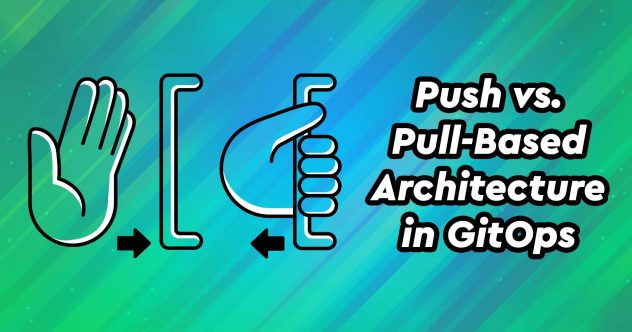Microservices should be scalable and focused on a single responsibility. Each self-contained modular unit handles a specific function within a larger system. A large application gets built from modular components or services like containers or serverless computing.
Think of a microservice as a business comprising different departments, budgets, and requirements. Every year, these requirements change depending on the needs of the company. Your application also won’t face the same level of demand over time. There could be some aspects that require more demand and others that you’ll need to pay more attention to. Different levels of scaling also will need to occur within your application. Microservices allow you to scale and grow in different areas without affecting others. And they scale independently.
We all remember the single responsibility principle tenet from programming. Microservices aren’t any different. They should do one thing and do one thing well. You also get the inherent benefit of better resilience and fault tolerance. Microservice architecture aims to prevent system-wide failures by oscillating faults to individual services. If there’s a particular fault, we know where that is and can address it without impacting anything else.
There’s a discoverable aspect as well. By using a service networking solution like Consul from HashiCorp, you’ll know when new services come online and have one centralized system that becomes a directory of services that defines what those services do and how to communicate with them.
Why You Should Consider Microservices
- Faster time-to-market: Microservices enable parallel development and deployment of individual components, accelerating the overall development process and reducing the time it takes to deliver new features.
- Improved scalability: Microservices can be scaled independently, allowing businesses to allocate resources more efficiently and handle varying workloads or traffic patterns more effectively.
- Enhanced resilience: The decentralized nature of microservices reduces the risk of system-wide failures, ensuring continuous service availability and better overall system reliability.
- Flexibility and adaptability: Microservices allow businesses to leverage diverse technologies and frameworks for different components, making it easier to adapt to changing requirements or incorporate new technologies.
- Easier maintenance and updates: The modular design of microservices simplifies system maintenance and updates, as individual components can be upgraded or replaced without affecting the entire system.
Microservices Best Practices
Keeping microservices small, focused, and responsible for a single business capability is essential. This approach allows you to add additional functionality and avoid sprawl. However, there is no steadfast rule regarding the ideal size, as it will vary depending on the specific application and its requirements.
You also want to make sure you design for failure. While fault tolerance is built inherently into running multiple services and microservices by design, it adds additional resilience, such as retry mechanisms, circuit breakers, and bulkheads. Think of why ships have bulkheads. They have them for structural integrity, but they also have them if there’s an issue, the bulkhead gets closed, and the ship doesn’t sink. Many event-based architectures use what gets referred to as dead letter queues. If a message cannot get delivered, it goes into a particular queue where it can get inspected to determine the reason for failure.
Microservices should be designed based on domain-driven design principles, meaning modeling services based on business capabilities and using a common language to ensure services align with business needs. Domain-driven design focuses on creating software systems based on a deep business domain understanding. Its principles help guide the design process and ensure that the software aligns with the domain and provides value to the business. These principles collectively promote a deep understanding of the business domain and help ensure development remains closely aligned with the business needs and changing requirements.
Design with an API-first approach and implement API gateways, which provide central connecting points for facilitating communication between microservices and third-party subsystems. API gateways handle much of the routing, taking care of authorization, authentication, and rate limiting. A design pattern of APIs is essential for modularity and reusability of microservices.
Here are some additional microservices best practices:
- Automate testing and deployment: Test and deploy microservices using automation tools such as continuous integration and continuous deployment (CI/CD) pipelines, which reduce the risk of errors ensuring services get deployed quickly and consistently.
- Use containerization: Containerization provides a lightweight and portable way to package and deploy microservices. Using containerization can help simplify the deployment process and improve the application’s scalability and portability.
- Monitor and observe: Microservices should get monitored and logged to ensure they perform as expected and identify any issues or errors. Log aggregators and application performance monitoring (APM) tools can do this. Tracing provides insight into the flow of data through a distributed system. These three pillars help to provide end-to-end visibility over performance.
- Secure services: Microservices should be secured using best practices such as authentication, authorization, and encryption–and don’t forget container security! Policies should enforce what microservices can talk to others to reduce the overall attack surface. Security should be part of any design and checked throughout all phases of development, resulting in a far more secure application and protecting sensitive data.








Comments